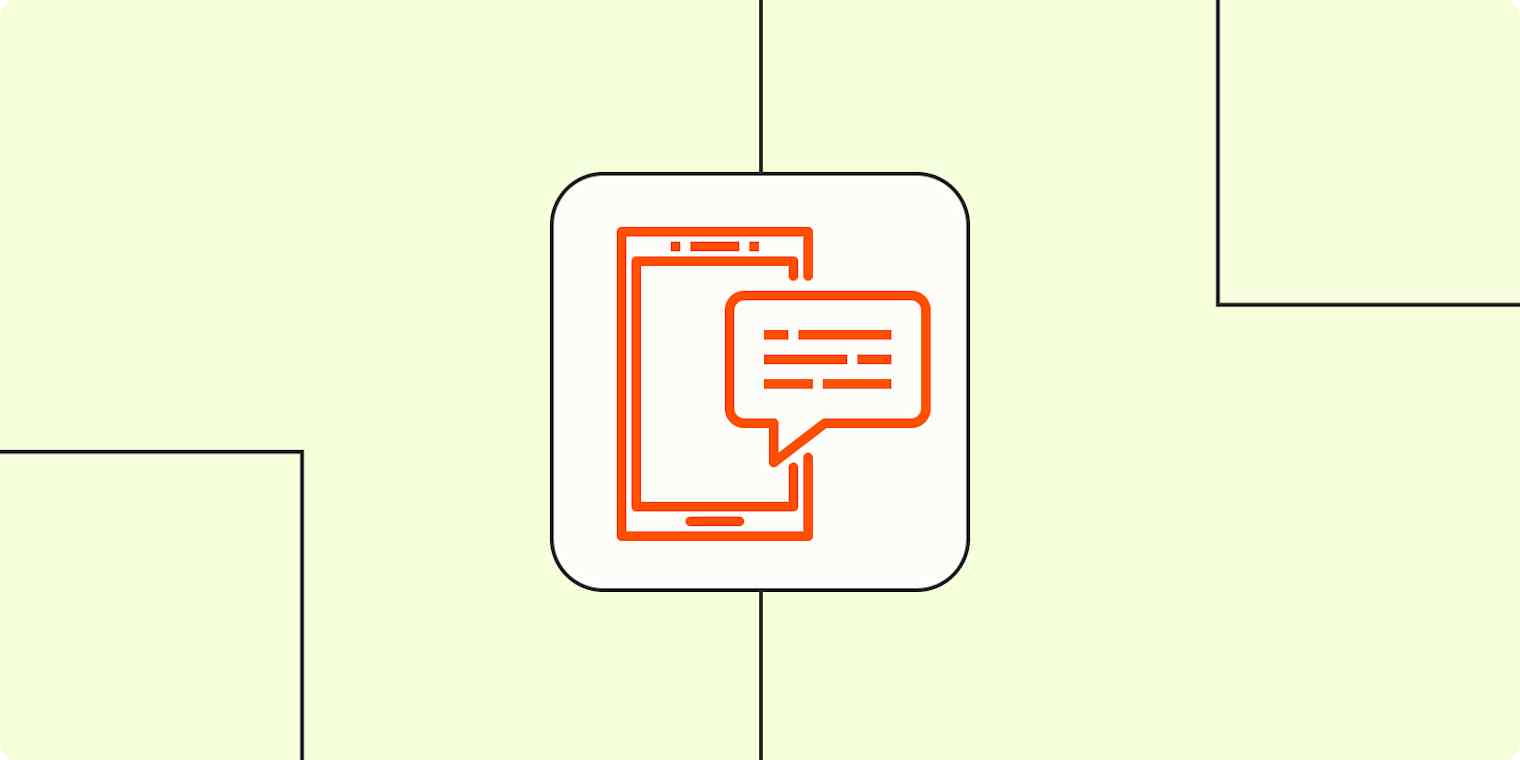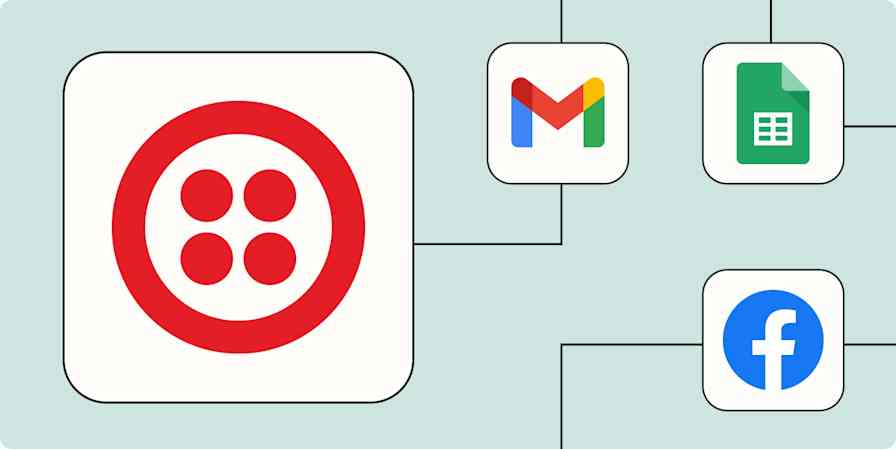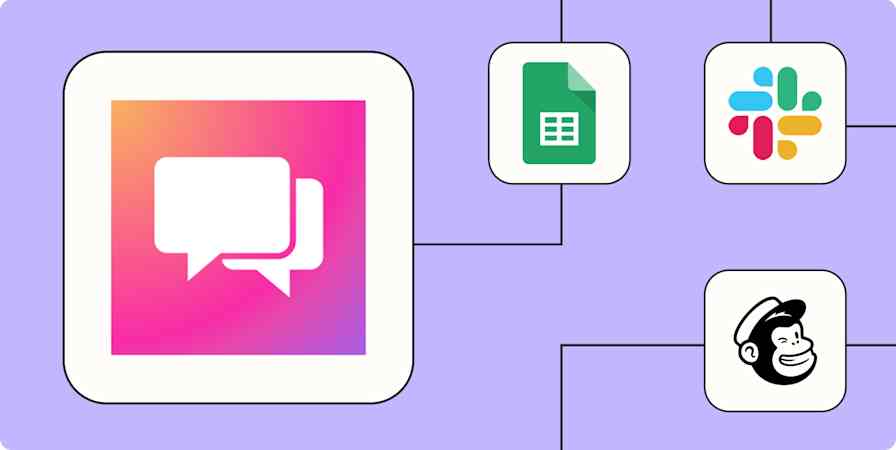App tips
5 min read5 smart ways to schedule important info on Android
By JR Raphael · August 8, 2024

Get productivity tips delivered straight to your inbox
We’ll email you 1-3 times per week—and never share your information.
tags
Related articles
Improve your productivity automatically. Use Zapier to get your apps working together.








